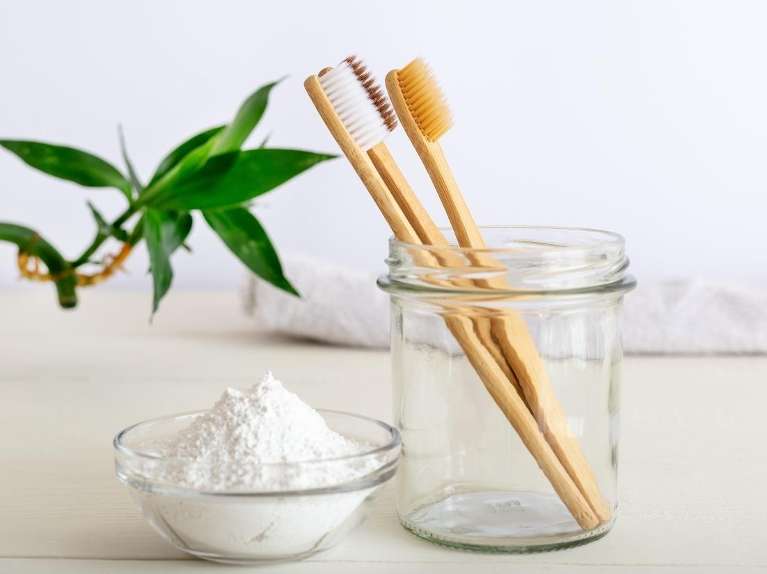
Maintaining good oral hygiene is essential for overall health, and brushing teeth is a cornerstone of any dental care routine. While commercial toothpaste dominates the market, there’s growing interest in natural alternatives, such as brushing teeth with salt. In this comprehensive guide, we’ll delve into the myriad benefits of this age-old practice, exploring its effectiveness, methods of preparation, and potential considerations for optimal oral health. Whether you’re a seasoned natural health enthusiast or simply curious about alternative dental care, this guide will equip you with the knowledge you need to make informed decisions about your oral hygiene routine.
Understanding Brushing Teeth with Salt:
Brushing teeth with salt, also known as salt toothpaste, involves using a mixture of salt and water to clean the teeth and gums. Salt has been used for centuries as a natural remedy for various ailments, including oral health issues, thanks to its antibacterial, antiseptic, and anti-inflammatory properties. This traditional practice is gaining renewed attention in modern times as people seek alternatives to conventional toothpaste, which may contain artificial ingredients and additives.
Benefits of Brushing Teeth with Salt:
Antibacterial Action:
Salt possesses natural antibacterial properties that help eliminate harmful bacteria in the mouth. By reducing bacterial growth, salt toothpaste can aid in preventing cavities, gum disease, and bad breath.
Acid Neutralization:
The alkaline nature of salt enables it to neutralize acids in the mouth, which can erode tooth enamel and contribute to decay. By restoring pH balance, salt toothpaste helps protect against acid-related damage.
Anti-inflammatory Effects:
Salt’s anti-inflammatory properties can reduce swelling and inflammation in the gums, making it beneficial for individuals with gingivitis or other gum diseases.
Teeth Whitening:
As a mild abrasive, salt can help remove surface stains and discoloration from the teeth, leading to a brighter smile over time.
Cost-effectiveness and Accessibility:
Unlike commercial toothpaste, which can be expensive and contain artificial ingredients, salt toothpaste is affordable and easy to prepare at home. With just two ingredients – salt and water – it’s accessible to individuals of all economic backgrounds.
How to Make Salt Toothpaste:
Creating salt toothpaste at home is a straightforward process that requires minimal effort and ingredients. Follow these steps to make your salt toothpaste:
Ingredients:
1 tablespoon of sea salt or Himalayan salt
1 tablespoon of water
Instructions:
- In a small bowl, combine the salt and water until a paste-like consistency forms.
- Dip your toothbrush into the salt paste, ensuring that the bristles are coated evenly.
- Brush your teeth and gums gently with the salt paste, covering all surfaces thoroughly.
- Spit out the mixture and rinse your mouth with water to remove any remaining salt residue.
It’s important to note that while salt toothpaste can be an effective alternative to commercial products, it may not be suitable for everyone. Individuals with sensitive teeth or gums should exercise caution and consult with a dentist, such as a dentist in Encino, before incorporating salt toothpaste into their oral care routine.
Brushing teeth with salt offers a natural and affordable approach to oral hygiene, with numerous benefits ranging from antibacterial action to teeth-whitening effects. By harnessing the power of salt, individuals can maintain optimal oral health without relying on commercial toothpaste laden with synthetic ingredients. Whether you’re looking to reduce your environmental footprint, minimize exposure to chemicals, or simply explore alternative dental care practices, salt toothpaste provides a compelling option worth considering. With proper preparation and guidance from dental professionals, you can harness the benefits of salt for a healthier smile and happier mouth.